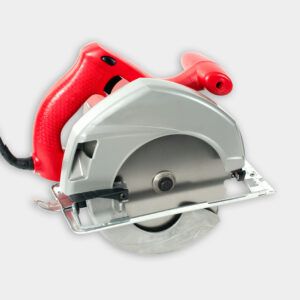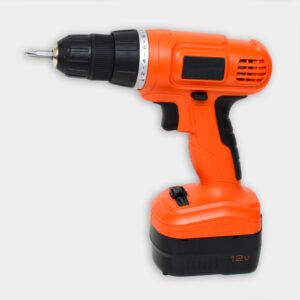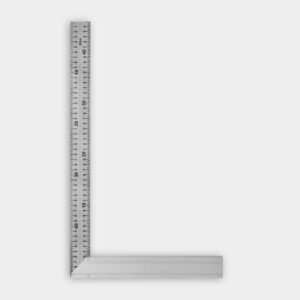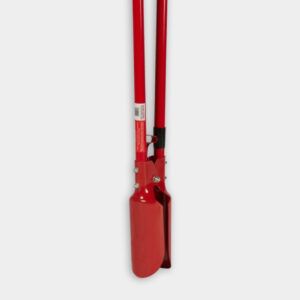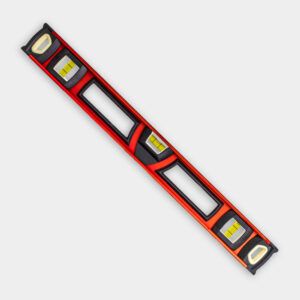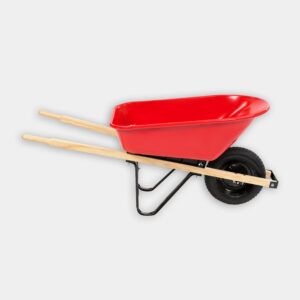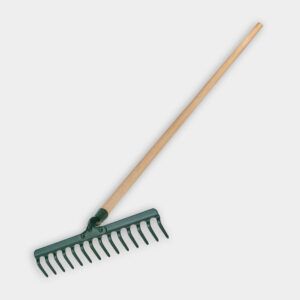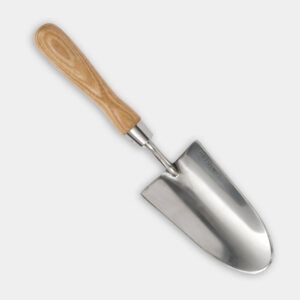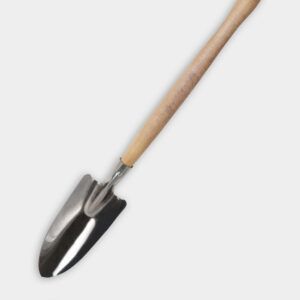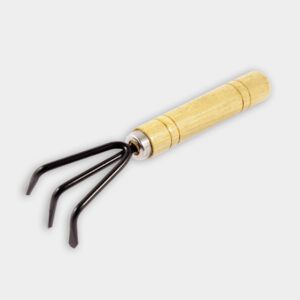We may be compensated if you purchase through links on our website. Our team is committed to delivering honest, objective, and independent reviews on home products and services.
Creating a raised vegetable garden with arbors is a great way to maximize your growing space. With some basic carpentry and gardening skills, you can build a lush, functional area to grow your plants. Let’s walk through the process of installing the raised vegetable garden, as explained by Ask This Old House landscaping contractors Roger Cook and Jenn Nawada in the video above.
Planning Your Raised Vegetable Garden
Before building your raised bed, you need to plan its location, dimensions, and design.
Choosing the Right Location
Select a spot that takes in at least 6–8 hours of direct sunlight daily so your vegetables will have the light they need to thrive. Cook emphasizes the importance of choosing a location with “full cooking sun” for growing vegetables and annuals.
Determining the Size and Layout
Decide on the dimensions of your raised beds and the overall layout of your garden. A common size for raised beds is 4 feet wide by 12 feet long. This allows easy access to the center of the bed from either side.
If you’re building multiple beds, create pathways between them that are wide enough to accommodate repair work and free movement.
Incorporating Arbors
Arbors have both functional and aesthetic purposes in your garden. They provide vertical growing space for climbing plants like grapes or pole beans and create an attractive architectural element. You’ll place arbors at the ends of your raised beds or as entryways to your garden area.
Materials and Tools Needed for a Raised Vegetable Garden
To build your raised vegetable garden, you’ll need the following materials and tools.
Materials
- 1 5/8-inch galvanized screws
- 3-inch galvanized screws
- 1-by-4 cedar stakes
- 2-by-6 cedar boards for arbor crosspieces
- 2-by-10 rough-sawn spruce boards for bed frames
- 4-by-4 cedar posts for arbors
- Cedar lattice panels
- Leaf mulch
- Loam and compost mix for filling beds
- Vegetable seedlings
- Wood chips for pathways
Tools
- Circular saw
- Cordless drill/driver
- Framing square
- Garden rake
- Garden trowel
- Level
- Posthole digger
- Shovel
- Sledgehammer
- Three-prong cultivator
- Wheelbarrow
Building the Raised Beds
Building your raised vegetable beds is a straightforward process if you follow these steps:
- Cut the spruce boards to the desired length for your bed frame using a circular saw.
- Assemble the frame by screwing the boards together with your 3-inch galvanized screws.
- Square up the frame by measuring the opposing diagonals from corner to corner. When the two dimensions are equal, the frame is square.
- Temporarily secure a diagonal 1-by-2 brace across each corner to maintain the square shape.
- Use a sledgehammer to drive cedar stakes against the long sides of the frame.
- Secure each stake to the frame with two 1 5/8-inch galvanized screws.
- Fill the raised bed frames with a 50/50 mix of loam and compost.
- Unscrew and remove the temporary corner braces.
Installing the Arbors
Now, it’s time to add the arbors. Here’s the process:
- Dig 20-inch-deep holes for the arbor posts using the posthole digger. Place two holes inside the frame at one end and two outside the frame, 4 feet from the first set.
- Set the cedar posts in the holes, checking for plumb with a level.
- Secure the inner posts to the bed frame with 3-inch screws.
- Backfill around all posts with the excavated soil.
- Attach horizontal cedar boards across the tops of the posts to connect the inner and outer pairs.
- Fasten cedar lattice panels to the posts using 1 5/8-inch galvanized screws.
Preparing the Garden for Planting
With the structures in place, take the following steps to prep the soil:
- Spread wood chips between the raised beds to create pathways and suppress weeds.
- Rake the soil in the raised beds smooth and level.
- Plant your chosen vegetable seedlings, following proper spacing guidelines for each variety.
- Water the newly planted seedlings thoroughly.
- Apply a 1–2 inch layer of leaf mulch over the entire bed to retain moisture and suppress weeds.
Troubleshooting Common Issues
Even well-maintained gardens can experience problems. Here’s how to address some common issues:
- Nutrient deficiencies: Yellowing leaves or stunted growth can point to nutrient deficiencies. Conduct a soil test to identify missing nutrients and amend the soil with appropriate organic fertilizers.
- Pest infestations: Identify pests early by regularly inspecting plants. Hand-picking pests, using barriers like row covers, or applying organic insecticidal soaps can help manage infestations.
- Poor soil drainage: If water doesn’t drain well from your raised beds, your plants can suffer from root rot. Make sure that your soil mix includes adequate organic matter, and install a drainage system if necessary.
